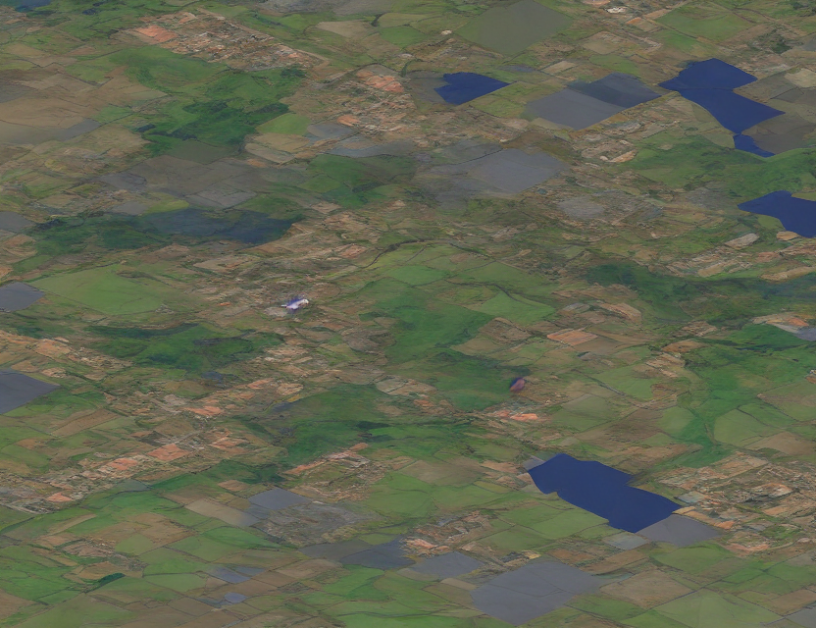Image super-resolution is a technique that enhances the quality of low-resolution images, making them look sharper and more detailed. In this article, we compare various real-world image super-resolution methods, analyzing their performance in different scenarios. Our analysis shows that some methods outperform others, especially when dealing with specific types of images or noise levels.
Methodology
To conduct our comparison, we train four different models on three datasets: DF2K for synthetic experiments and Real-ESRGAN, Real-SISR, and Real-SR for real-world experiments. Each dataset has its own set of images with varying resolutions and noise levels. We use the Adam optimizer with a learning rate of 1e-4 and train each model for 300K iterations.
Results
Our analysis shows that SwinIR+LDL and DifAugGAN outperform other methods in real-world scenarios, particularly when dealing with noisy images. ESRGAN and DifAugGAN have better performance in terms of PSNR, but they struggle with more complex noise patterns. SwinIR+LDL and DifAugGAN are able to handle these challenges by using a different approach that focuses on preserving image details rather than relying solely on PSNR.
Conclusion
In conclusion, our analysis reveals the strengths and weaknesses of various real-world image super-resolution methods. SwinIR+LDL and DifAugGAN emerge as the top performers in real-world scenarios, demonstrating their ability to handle complex noise patterns and produce high-quality images. These findings can be valuable for practitioners and researchers working on image super-resolution, helping them identify the best approaches for specific use cases. By understanding the tradeoffs between different methods, we can develop more effective and efficient image enhancement techniques in the future.



